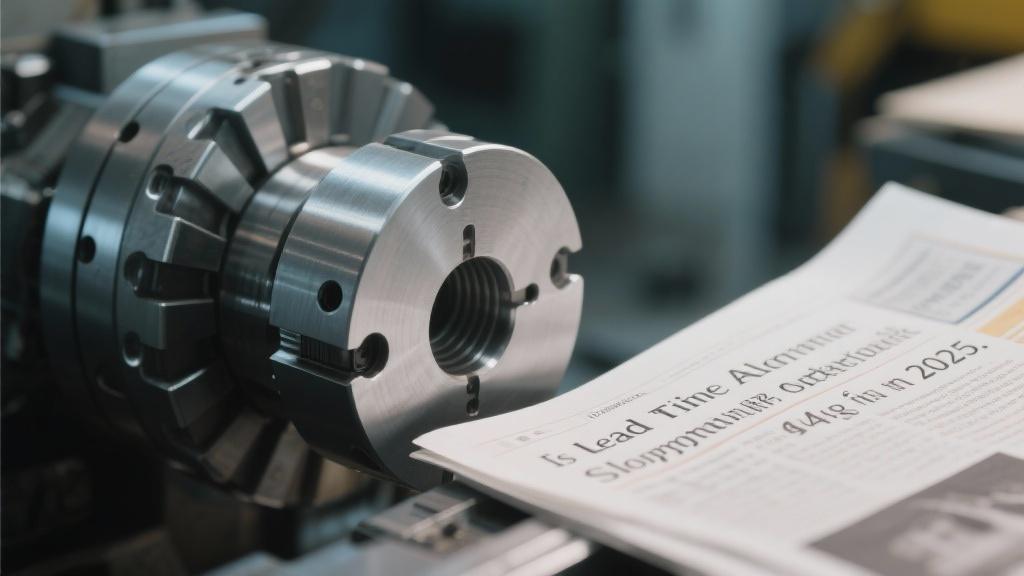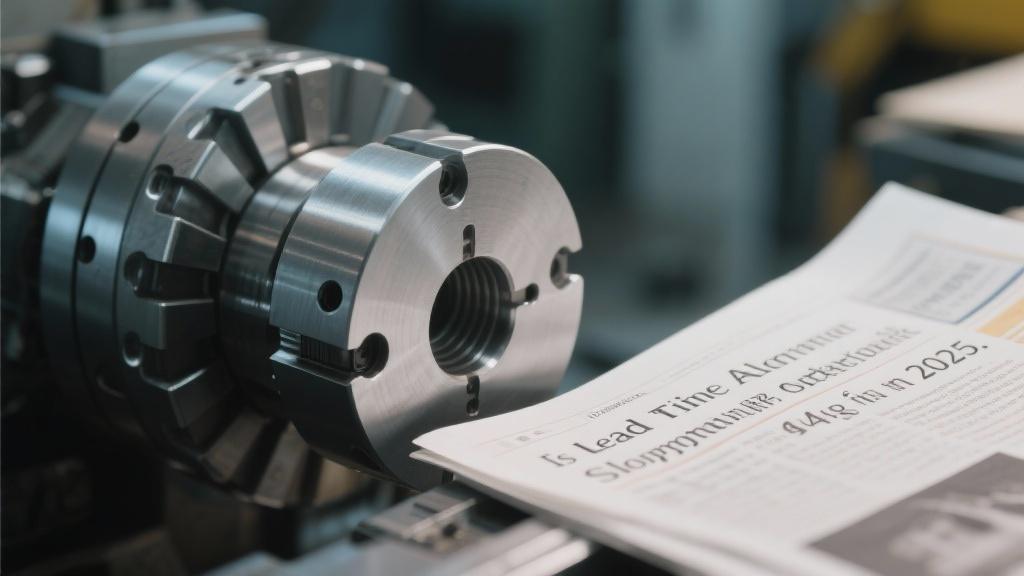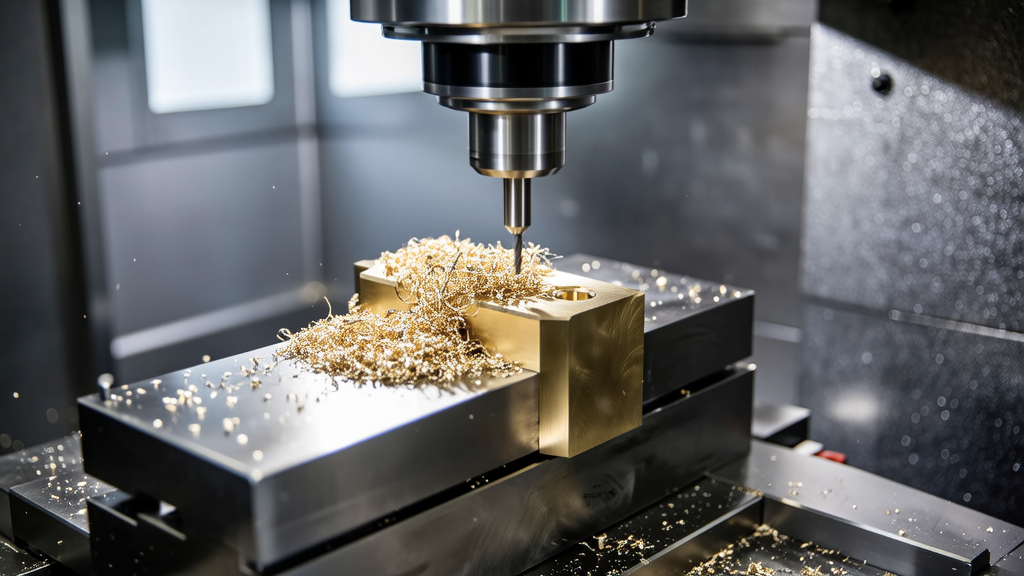With evolving technologies and advances in machining processes, many are left wondering how these changes will affect their production schedules. We will examine key factors such as supply chain disruptions, material availability, and the growing demand for precision components that can influence lead times. Additionally, we assess the implications of these lead time shifts on project planning and delivery expectations for various industries relying heavily on aluminum parts.
By shedding light on insights from industry experts and analyzing recent data, this article aims to provide a comprehensive overview of aluminum machining lead times projected for
Is the lead time for aluminum machining slowing down in 2025? This is a crucial question many manufacturers are pondering as they navigate the complexities of production schedules and supply chain challenges. With aluminum becoming an increasingly popular material for various industries, understanding the lead time implications is essential for effective project management and cost control.
Understanding Lead Time in Aluminum Machining
When we talk about lead time in aluminum machining, it’s not just about how long it takes to complete a job. Lead time encompasses everything from order placement to the actual delivery of the finished product. This timeline can be influenced by several factors, including machining capabilities, material availability, labor market conditions, and technological advancements.
Over the years, there has been a noticeable shift in the landscape of aluminum machining. Many manufacturers are facing heightened demand, resulting in increased pressures to deliver products faster. However, this growth is not uniform across all sectors. While some subsectors are thriving, others are grappling with delays caused by raw material shortages and logistics issues.
Are Manufacturers Prepared for Changes?
Manufacturers need to be proactive in managing lead time. The question arises: are production facilities equipped to handle these shifts? Companies that have invested in state-of-the-art machining technology and optimized their workflows are likely to be less impacted by lead time challenges. Incorporating automation and improved forecasting capabilities can significantly reduce production bottlenecks and enhance delivery timelines.
Additionally, effective communication with suppliers can mitigate some of the risks associated with material shortages. Understanding the supply chain dynamics—especially in a post-pandemic world—can provide essential insights for manufacturers. It also allows for better strategic planning around inventory and purchasing cycles.
The Role of Technology and Innovation
Technological advancements are playing a pivotal role in shaping the future of aluminum machining. With innovations such as computer numerical control (CNC) machining, machine learning, and artificial intelligence, manufacturers can streamline operations, thereby reducing lead times. Automation in the machining process not only speeds up production but also enhances precision, which is essential for aluminum components used in critical applications.
Moreover, the integration of digital tools that monitor manufacturing processes in real-time can help identify issues before they escalate into significant problems. This proactive approach is crucial for maintaining a competitive edge in an environment where customers expect faster turnaround times.
Concluding Thoughts
While the landscape for aluminum machining is evolving, the question of whether lead times are slowing down in 2025 remains open-ended. By staying informed about industry trends and leveraging technological advancements, manufacturers can adapt their strategies to minimize lead time and maximize operational efficiency. As we move closer to 2025, it’s vital for companies to remain agile, continually reassessing their production processes in response to changing market demands and conditions. Embracing innovation and effective supply chain management can ultimately lead to improved lead times and enhanced customer satisfaction.
What factors are influencing lead time in aluminum machining?
Lead time in aluminum machining is influenced by several factors, including material availability, production capabilities, and labor market conditions. Disruptions in the supply chain can also cause delays.

As demand for precision components increases, manufacturers need to find ways to balance these influences to maintain efficient lead times.
How is technology impacting lead times for aluminum machining?
Technological advancements like CNC machining and automation play a significant role in reducing lead times. These innovations allow manufacturers to streamline their processes and enhance production efficiency.
Additionally, utilizing digital tools for real-time monitoring can help identify potential delays before they become serious issues, ensuring smoother operations.
Are manufacturers adapting to the changing landscape of aluminum machining?
Many manufacturers are indeed adapting by investing in new technologies and improving their supply chain management. Companies that embrace these changes are better positioned to navigate the complexities of production scheduling.
Preparation also involves understanding market trends and maintaining strong communication with suppliers to mitigate the impact of material shortages.
What should companies consider when planning for lead times in 2025?
Companies should analyze their production capabilities and the reliability of their supply chains as they plan for
Staying ahead in this competitive landscape often means being proactive and flexible in adjusting strategies as needed.
How do supply chain issues affect lead times?
Supply chain issues can significantly extend lead times, particularly if raw materials like aluminum are difficult to source. Delays in receiving materials can halt production and impact delivery schedules.
Understanding these dynamics is crucial for manufacturers as they strive to optimize their timelines and meet customer expectations.









